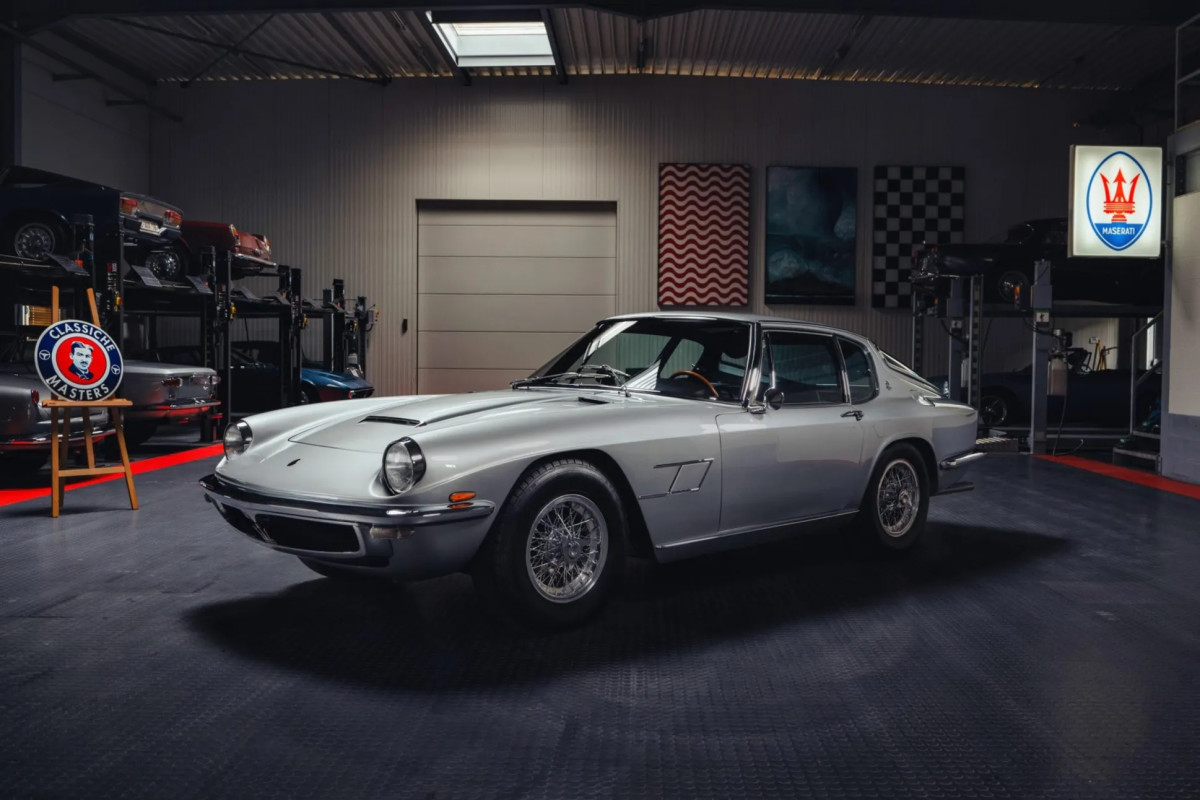(NSI News Source Info) PALMDALE, Calif. – August 24, 2008: Lockheed Martin plans to conduct more test flights of the first short-takeoff-and-vertical-landing (STOVL) F-35B this week to evaluate propulsion systems doors and nozzles in flight before temporarily grounding the aircraft until early next year, pending installation of a redesigned Pratt & Whitney F135 engine.
The planned 10th flight of BF-1, the first F-35B, is expected to take place Aug. 20 or shortly after, according to Tom Burbage, Lockheed executive vice president and general manager of F-35 program integration. “We will open the nozzle doors and other STOVL propulsion system doors in flight,” he said.
The F-35B allows this below air speeds of 250 knots even if no STOVL operation by the engine or lift fan is initiated. By performing as many of the peripheral STOVL propulsion system handling quality tests as possible now, the Lockheed-led industry team hopes to save some test time early in 2009 when STOVL tests will resume. Pratt & Whitney is expected to ship the first, fully-qualified engine for flight tests to Lockheed around Jan. 9, 2009.
Meanwhile, the long-delayed ferry flight to Edwards Air Force Base, Calif., of the first F-35, AA-1, could now come by the second week in September. But the exact timing depends on the outcome of work to improve the reliability of nacelle vent fans that, in the non-representative initial test aircraft, are “buried deep” in the fuselage, Burbage said.
Once at Edwards, AA-1 is due to conduct in-flight engine shutdown and re-lights, as well as verify overall noise characteristics.
Burbage spoke earlier this week at a ceremony for Northrop Grumman’s Palmdale, Calif., facility to mark the completion of the first center fuselage for the U.S. Navy’s F-35C carrier version (CV), the CF-1. At the same time, Lockheed completed assembly of the second F-35B, which is due to join the flight test effort early next year. The CF-1 fuselage should be delivered to Texas by the end of September and will roll out as a finished aircraft in the first quarter of 2009.
“We have to do the ground vibration tests, and flutter before getting to first flight before October 2009. But that’s an important date to the carrier variant because we have to fly before then and demonstrate it to bring funding for it into LRIP [low rate initial production] 4,” Burbage said.
Northrop, meanwhile, is starting assembly of center fuselages for the first LRIP 2 aircraft in Palmdale. The first fuselages for LRIP 1, two conventional take-off and landing aircraft AF-6 and -7, were “loaded” into jigs over the past few months. Work on AF-8, the first LRIP 2 aircraft, began in July. In all, Northrop will build 19 center fuselages during the system development and demonstration (SDD) phase, of which 12 have been delivered so far. A further seven SDD fuselages are still in the assembly flow. Including three units already delivered, Northrop will ship 10 F-35 fuselages to Texas this year.
Mark Tucker, Northrop vice president and F-35 program manager, said the first Navy fuselage was completed on time despite encountering interference issues with the final assembly in the mating with the Lockheed-built forward fuselage. The problems were discovered ahead of time using the digital pre-assembly design system and corrections were made by adjusting the tooling.
Subscribe to:
Post Comments (Atom)



















No comments:
Post a Comment